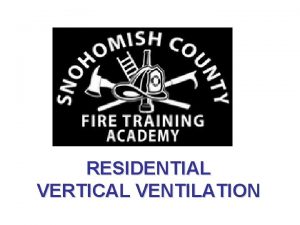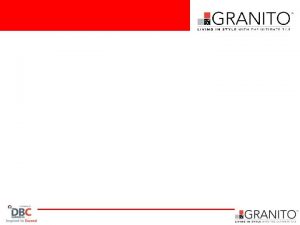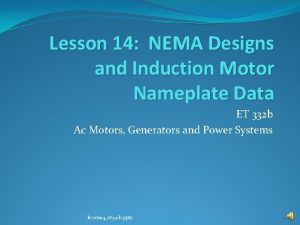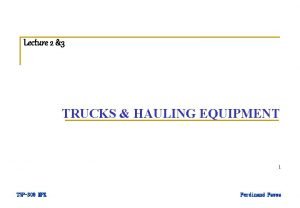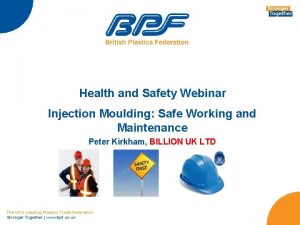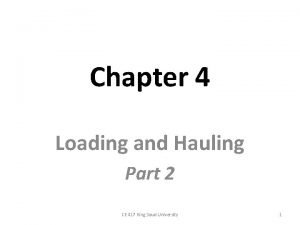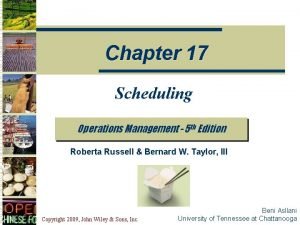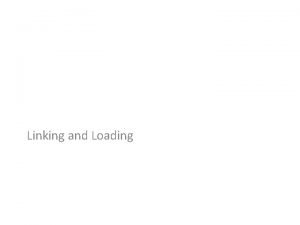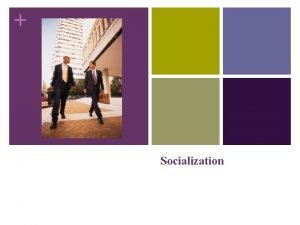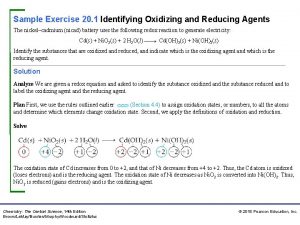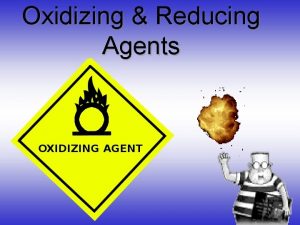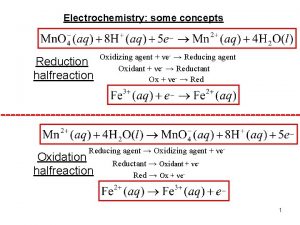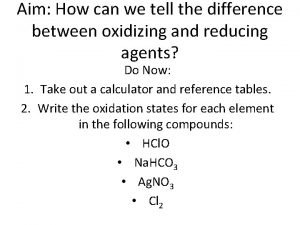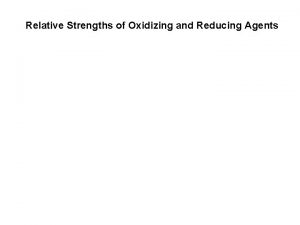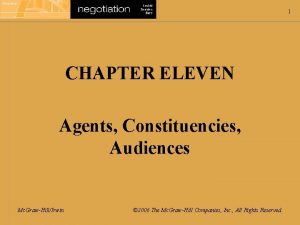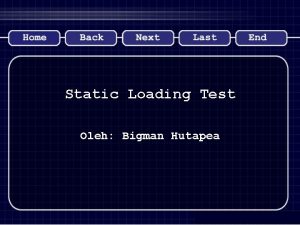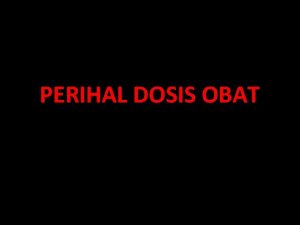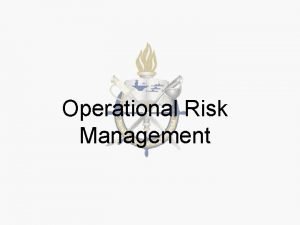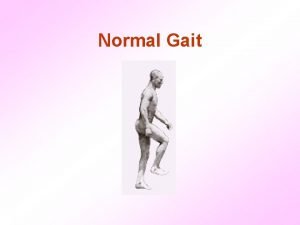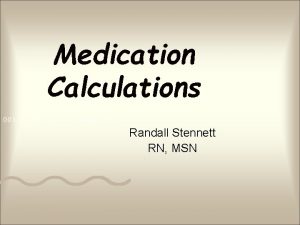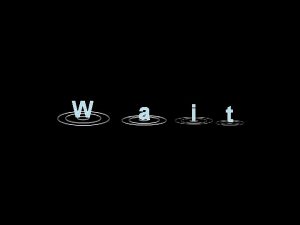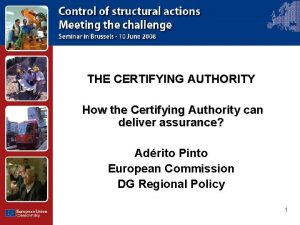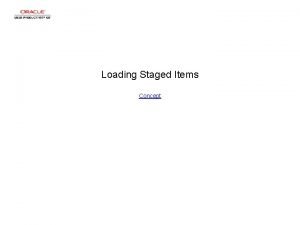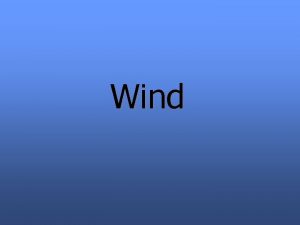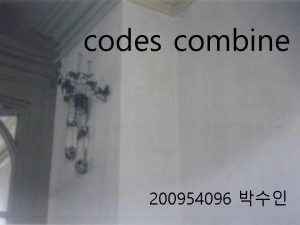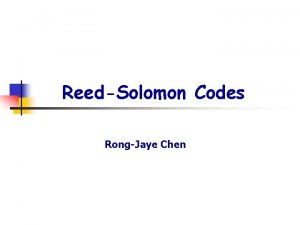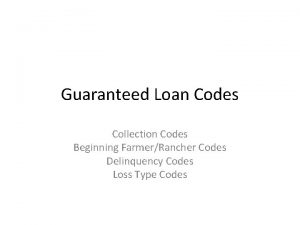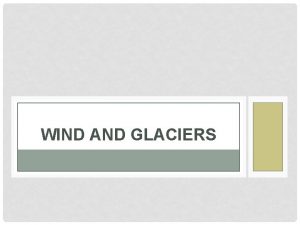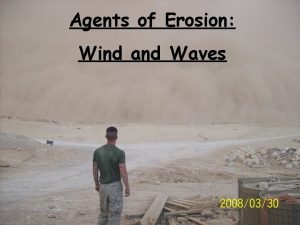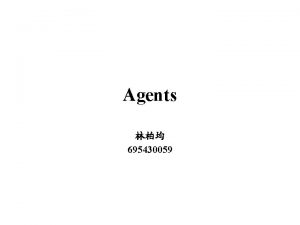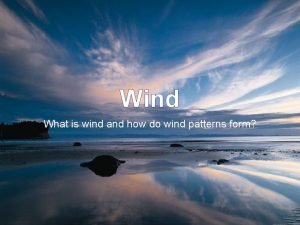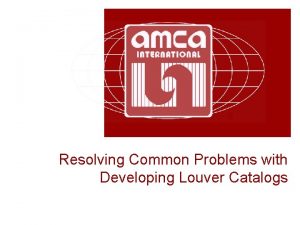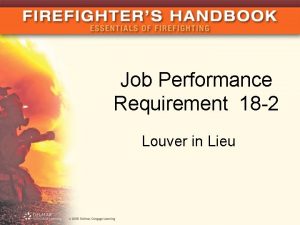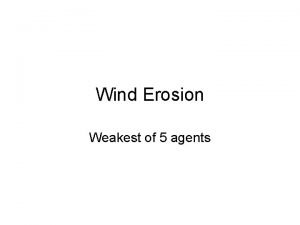Certifying Agents Louver Codes Wind Loading and Design





















![AMCA 500 -L Testing Free Area A Free Area L[A+B+(Nx. C)] (sq. ft. ) AMCA 500 -L Testing Free Area A Free Area L[A+B+(Nx. C)] (sq. ft. )](https://slidetodoc.com/presentation_image_h/1081163275bc452d9717dde12637f26d/image-22.jpg)










- Slides: 32


Certifying Agents Louver Codes Wind Loading and Design AMCA 500 -L Testing Severe Weather Testing Severe Duty Offerings

Certifying Agents AMCA Air Movement and Control Association; the main certifying agent for louvers. There most common louver testing protocols, as defined in AMCA 500 -L are: • Pressure drop • Airflow • Water penetration • Wind-driven Rain They have also recently developed testing protocols for severe weather louvers. They are as follows: • Impact resistance (540) • Hurricane wind-driven rain (550)

Certifying Agents 3 rd Party Testing Agents UL (Underwriter Laboratory) • Acts as a 3 rd party testing agent for certain louver testing protocols. • Not to be confused with their creation and management of life safety devices testing protocols. • A recent market development is seeing many manufacturers to use UL as a 3 rd party agent, and obtaining a listing number from them due to their name recognition. Others • Many other 3 rd party agencies exist but there would be little market value in actually obtaining a listing from one of them.

Louver Codes

Louver Codes Definitions Hurricane prone regions – defined as any risk category II building along the Atlantic, and gulf coast design wind-load is 115 mph or greater. Wind Borne Debris Regions – areas within the hurricane prone regions located: • Within one miles of the coastal high water line, where the ultimate design speed is 130 mph greater. • In areas where the ultimate design load is 140 mph or greater Miami-Dade County Approved Louvers – Louvers that have been approved for use in hurricane zones specifically in Miami-Dade, and Broward Counties in Florida. Miami-Dade approved louvers must be tested to several test standards that are designed to simulate severe weather conditions.

Louver Codes IBC/FBC The International Building Code (2015)/Florida Building Code (2017) 1609 – In wind borne debris regions…Louvers protecting intake and exhaust ventilation ducts, assumed to be open that are located within 30 feet of grade shall meet the requirements of AMCA-540. IMC/FMC The international mechanical code (2015)/Florida Mechanical Code (2017) 401. 4 – Louvers that protect air intake openings in structures located in hurricane-prone regions, as defined in the International Building Code, shall comply with AMCA 550.

Wind Loading and Design

Wind Loads and Design

Wind Loads and Design

Wind Loads and Design • • • Jacksonville – 140 mph Miami – 180 mph West Palm Beach – 180 mph Fort Meyers – 170 mph New Orleans – 150 mph Houston – 160 mph • • • Tampa – 160 mph Orlando – 150 mph Pensacola – 160 mph Wilmington – 150 Savannah – 150 mph Mobile – 160 mph

Louver Performance

AMCA 500 -L Testing Pressure Drop Pressure drop is defined resistance to airflow, and is measured in inches of water. Testing The ambient temperature must be between 50°, and 100°. For most louvers both exhaust and intake will be measured, however exceptions are made for units that would be specific for one direction or the other. The PD values are measured from the following: • Outlet duct static pressure • Inlet duct static pressure • Discharge chamber static pressure • Inlet chamber static pressure

AMCA 500 -L Testing Air Leakage A test for operable and combination louvers that measures the airflow leakage rate with increasing rates of static pressure. Class 1 A is highest class achievable for this test.

AMCA 500 -L Testing Air Leakage • The specimen is tested with the blades in the closed position. • One side of the specimen is completely blanked off. • 4" hole with a PVC pipe is used to pressurize/de-pressurize the specimen. • The testing protocol stipulates that three sizes are tested; minimum width to be offered x maximum single section height to be offered and vice versa, and the maximum single section width x the maximum single section height.

AMCA 500 -L Testing Air Leakage • For certification the specimen must be tested in the intake and exhaust directions. • A holding torque can be applied to the specimen. This is done by adding weights to the hand quadrant. Leakage, cfm/ft² Pressure Class Required Rating (1" w. g. ) Required Rating (4" w. g. ) 1 A 3 8 1 4 8 2 10 20 3 40 80

AMCA 500 -L Testing Water Penetration This tests a louvers ability to withstand water penetration during ordinary use. Testing A 48" x 48" test specimen is subjected to a light simulated rainfall (4" per hour). An air handling device will attempt to pull water into the louver. The test ends when one of two criteria are met: • 0. 01 ounces per square feet of louver free area penetrates the louver • The measured fpm value reaches 1250 A value of 1250 fpm is generally only found on wind-driven rain louvers.

AMCA 500 -L Testing Water Penetration Note that the water penetration test does not quantify the amount of water a louver may allow in, it only assigns a maximum FPM value for when water will penetrate.

AMCA 500 -L Testing Wind-Driven Rain Tests a louvers ability to withstand water penetration resulting from wind-driven rain. Effectiveness • • Class A – 99% to 100% effective Class B – 95% to 98. 9% effective Class C – 80% to 94. 9% effective Class D – Less than 80% effective

AMCA 500 -L Testing Wind-Driven Rain Most wind-driven rain approved louvers will have a ‘chevron’ style blade that incorporates a hook on the blade to further help with water penetration.

AMCA 500 -L Testing Free Area 100% Airflow ? ? ? % Airflow
![AMCA 500 L Testing Free Area A Free Area LABNx C sq ft AMCA 500 -L Testing Free Area A Free Area L[A+B+(Nx. C)] (sq. ft. )](https://slidetodoc.com/presentation_image_h/1081163275bc452d9717dde12637f26d/image-22.jpg)
AMCA 500 -L Testing Free Area A Free Area L[A+B+(Nx. C)] (sq. ft. ) = 144 C A = Head to 1 st louver B = Bottom louver to sill C = Between louvers L = Between frame sides N = Number of blades B L

AMCA 500 -L Testing Free Area

Severe Weather Testing

Severe Weather Testing TAS-201: Large Missile Impact • Simulates a louvers ability to withstand impacts from wind borne debris. • Testing consists of firing a 9 pound, 2 x 4 traveling at 50 feet per second (34 mph) at the specimen. Manufacturers test their largest specimen against several impacts to gain the certification. • Is a requirement for any louver that is to be listed with Miami-Dade.

Severe Weather Testing AMCA 540: Large Missile Impact • Like TAS-201, this test simulates a louvers ability to withstand impacts from wind borne debris. • Testing consists of firing a 9 pound, 2 x 4 traveling at 50 feet per second (34 mph) at the specimen for Basic protection, and 80 feet per second (55 mph) for Enhanced. In addition to testing their largest spans, 540 also requires the testing of the smallest louver size to be offered. • Is a requirement for any louver that is to be FBC listed

Severe Weather Testing Large Missile Impact Test

TAS-202: Uniform Static Air Pressure Test • Simulates a louvers ability to resist pressure from hurricane force winds. • Testing consists of subjecting the louver to both positive and negative pressure for 60 seconds. They are tested at 75%, 100%, and 150% of the products design load. Passing the test is dependent on the louvers ability to resist deflection, and retain integrity. • Is a requirement for any louver claiming to be Miami-Dade Certified.

TAS-203: Uniform Cyclic Air Pressure Test • Simulates a louvers ability to repeated hurricane force wind-gusts. • Testing consists of subjecting the to 671 five second maximum cycles ranging from 1/2 design load, to 1. 3 times the design load. • Is a requirement for any louver claiming to be Miami-Dade Certified. • TAS-203 is required if the specimen will be listed as TAS-201, and the TAS-203 tested is always performed after the impact tests. Test Load vs. Design Load Positive Pressure Cycles Negative Pressure Cycles 0 to 0. 6 300 50 0. 2 to 0. 5 3500 335 0. 5 to 0. 8 600 1050 0. 3 to 1. 0 100 50 1. 3 1 1

Severe Weather Testing Wind Driven Rain Qualifies louvers’ ability to prevent water penetration under severe rainfall and hurricane force winds. Test Conditions: AMCA 550/TAS 100 A • 48" x 48" Sample • Rainfall Rate = 8. 8 Inches/Hour • Duration = 15 Minutes • Louvers that protect air openings in hurricane prone regions must comply with AMCA 550, per FMC • No more than 1% of the overall sprayed amount of water can penetrate the louver for a successful test • Wind Speed & Water Penetration 35 mph 70 mph 90 mph 110 mph The most difficult of the severe weather tests to pass. The only louver models approved are either vertical blade units, or ‘dual-module’ units. There are some horizontal models approved, but they stipulate that a control damper must be in the closed position behind the louver.

Severe Weather Testing ICC-500 Testing • • • Much more stringent than the hurricane louver testing Most manufacturers test of the 250 mph protocol Unlike the other impact testing protocols, no debris or splinters are permitted to penetrate behind the louver – For this reason the grilles are tested with screen, and must be built with screen to keep its ratings.

Questions? This concludes the American Institute of Architects Continuing Education Systems Program.
 Geeky medics death certification
Geeky medics death certification Firefighter roof ventilation cuts
Firefighter roof ventilation cuts Static vs dynamic class loading in java
Static vs dynamic class loading in java Perbedaan granit single loading dan double loading
Perbedaan granit single loading dan double loading Kurshalter
Kurshalter Nema motor design
Nema motor design Dump truck productivity calculation
Dump truck productivity calculation Health and safety injection moulding
Health and safety injection moulding Loading and hauling
Loading and hauling Loading in operations management
Loading in operations management Azure sql data warehouse
Azure sql data warehouse Linking and loading
Linking and loading Tip speed formula
Tip speed formula Wind turbine blade design
Wind turbine blade design Primary and secondary agents of socialization
Primary and secondary agents of socialization How to identify the oxidizing agent
How to identify the oxidizing agent Oxidizing agent example
Oxidizing agent example Weathering
Weathering Standard reduction potential table
Standard reduction potential table Differentiate between oxidizing and reducing agents
Differentiate between oxidizing and reducing agents Model based reflex agent
Model based reflex agent Relative strengths of oxidizing and reducing agents
Relative strengths of oxidizing and reducing agents How agents, constituents and audiences change negotiations?
How agents, constituents and audiences change negotiations? Vertical clarifier tank palm oil mill
Vertical clarifier tank palm oil mill Static loading
Static loading Importance of sieving
Importance of sieving Comsec skl
Comsec skl Darkroom entrance
Darkroom entrance Rumus loading dose
Rumus loading dose Steps of orm
Steps of orm Prerequisites of gait
Prerequisites of gait Nmos inverter with enhancement load
Nmos inverter with enhancement load Bactrim pediatric dosing
Bactrim pediatric dosing

